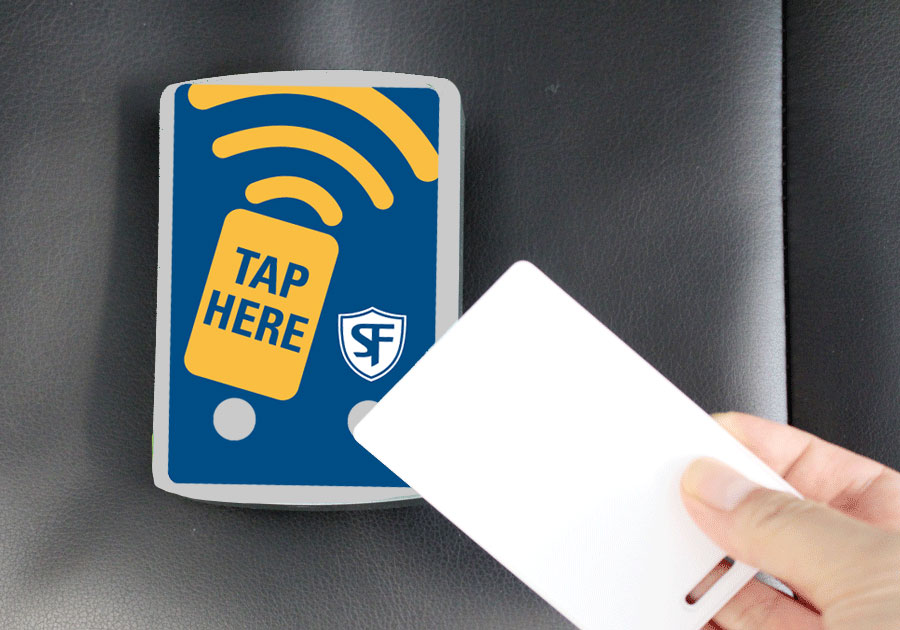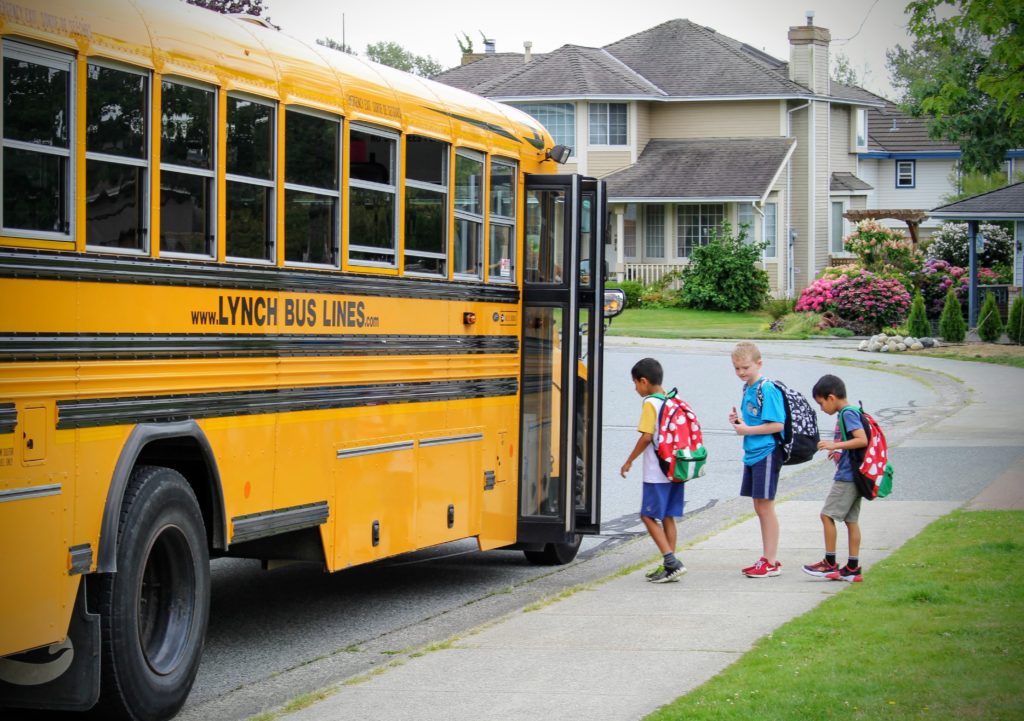Peace of Mind: How and Why Tracking Students on School Buses Enables Enhanced Safety
The tracking of students on school buses is all about safety and parent empowerment. To do their jobs properly, school districts need a reliable way to communicate student and bus data to authorities during emergency situations and to parents for everyday peace-of-mind.
From a safety perspective, boarding a school bus can be viewed similarly to boarding an airplane. Knowing who is on the vehicle contributes to the level of safety that can be provided. In some cases, this knowledge determines whether the bus even leaves a stop. Some districts believe a student tracking program is mandatory and will not allow students who are not enrolled in the program to board.
THE VALUE OF STUDENT TRACKING
Student tracking technology delivers real and concrete benefits to school districts and comfort to parents. Here are a few examples:
Ensuring Communication
Students don’t always get off at the same stop every day; sometimes they get off the bus with a friend and go to the friend’s house instead. Having access to real-time information on who is on the bus and who exited the bus at which stop reduces unnecessary fears and misinformation. If a parent calls, the district knows they have the latest and most accurate information.
Ensuring Safety
Student tracking systems also relieve a burden from your bus operators. Operators can focus on the safe loading and unloading of students while scanning oncoming traffic for potential risk.
Ensuring Accountability
Student tracking systems help increase accountability for school staff and students. By monitoring bus location, schedule, and other data, parents have greater confidence their kids are transported safely and efficiently.
Ensuring Efficiency
Student tracking enables a wide range of back-end data that can be fed into annual reporting, budgeting and resource allocation and route scheduling and optimization programs.
How It Works

As each student boards their bus, they scan their RFID cards on a card reader mounted at the top of the front stepwell. Student data is transmitted over a secure cellular connection that enables real-time access to vehicle occupant information and rapid lookup of last known student location.
Student names or personal information ARE NOT transmitted.
In cases where operators are transporting special education students, operators can manage the student ID cards, scanning the appropriate card for each student as they board.
PAVING THE WAY TO ONBOARDING YOUR NEW SYSTEM

Getting a student tracking program up and running takes time and planning. Here are a few suggestions to help you prepare:
1. Get the word out.
Tell parents, students, the community, principals, all departments in the school district, and bus drivers about your proposal. Focus on conveying the safety message and downplay the use of the word “tracking.”
Assure your stakeholders the technology will only be used to determine the identity of each student on each bus, including their boarding and exit stops along with relevant timestamps.
2. Above all, get buy-in from your bus operators.
Turn your operators into “program champions.” Ensure each operator understands the value of the system to them specifically.
Operators are currently expected to do everything all at once — drive the bus, watch the mirror, watch the cars, watch the students, notice who gets on and off the bus at each stop, and take down the make, model, and license plate of cars that blow past when students are at risk. Bus operators need to know this system will help them stay on top of their responsibilities easier.
Successful roll-out strategies

Once you’ve made the decision to implement a student tracking solution, the following tips can help you roll it out successfully:
- Tie your student tracking program in with another program such as a lunch or student ID program. A tracking card on its own could easily get misplaced or lost. A card that is tied to a lunch program is far more important to the student and students will take extra care.
- Try not to launch your program at the start of a school year when things are already somewhat disorganized. It takes time to get your message out there. You also need to factor in time for working out the kinks on all levels — with students, parents, and drivers.
- Start small and go from there. Try your program with grades K – 6 in the first year. The following year you can expand to middle through high-school.





































